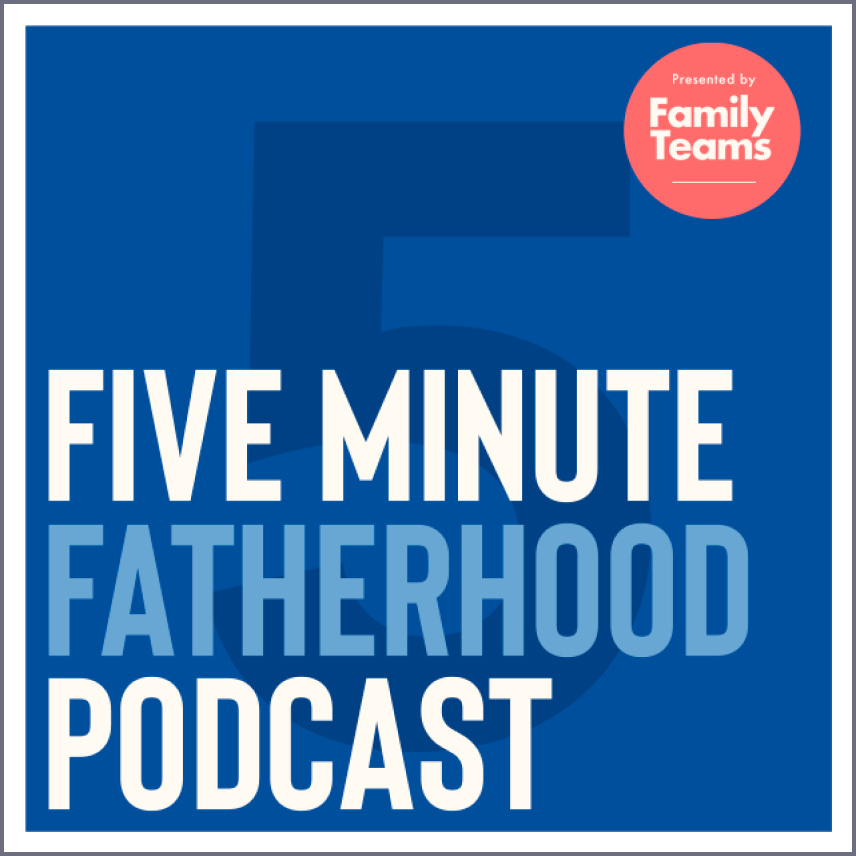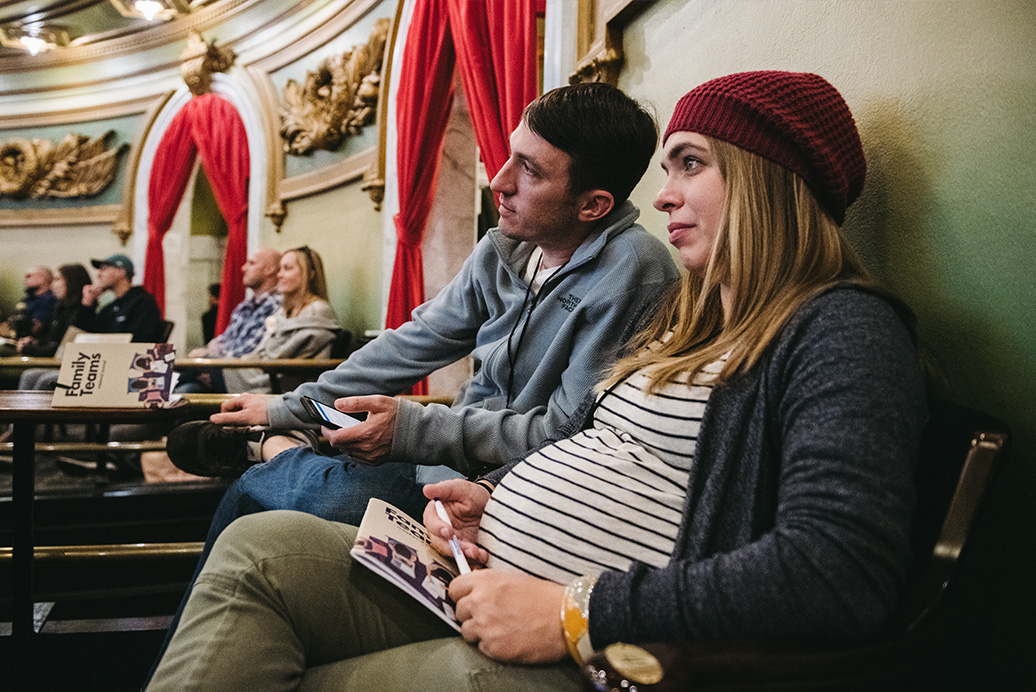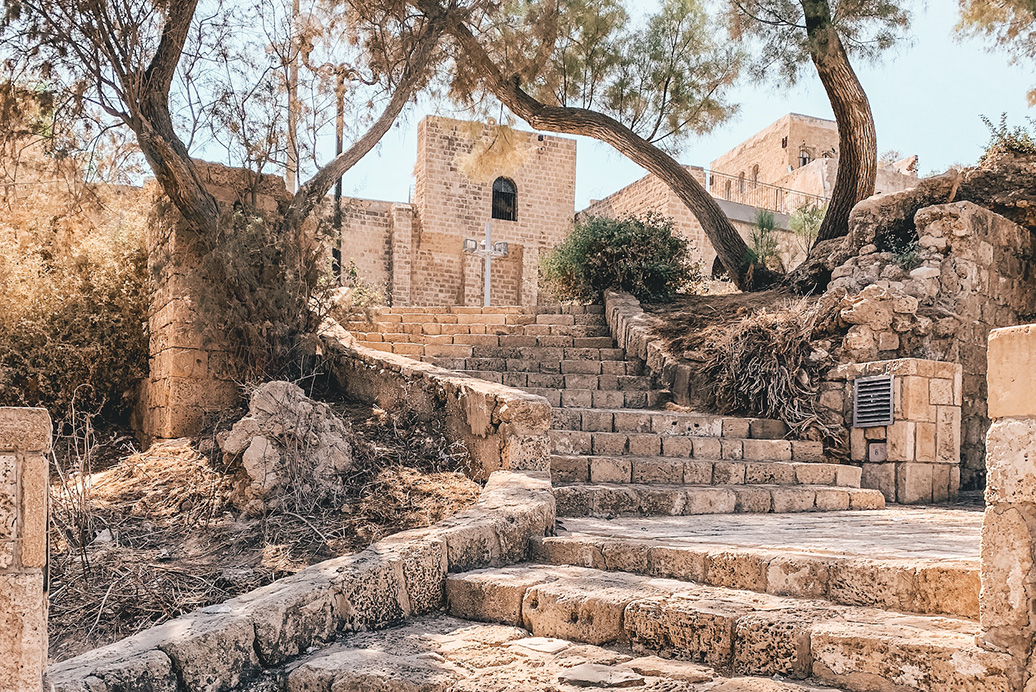Jeff:
We’re going to talk about how to lead an annual family summit. Don’t think like, “Oh, I’ve got to wait until the end of this year,” or whatever to do it. But rather how do we do it? Or why is it important? And I think a family summit is deeply, deeply important for a couple reasons. One, there’s no other organizational structure that doesn’t do something like this. Almost all businesses do off-sites, do retreats, do quarterly summits or meetings, and then they certainly do some type of end of the year review is sometimes what they call it. Churches do this with planning out the content and the sermons and the vision from the elders. I mean, every single organizational structure has some level of marking the annual rhythm to look back, look forward.
And what is also really true about those, that also we don’t do as much in our personal ones, is a lot of them spend almost just as much time looking back as they do looking forward. I think so much when we get to the personal, we just like goals, goals, goals, future, future, future. We’re not like, you know, I think they do that in those, but a lot of times, even what I just said with the business, it’s called an end of the year review. So that actually has nothing to do with next year. It’s like you’re just looking at this last year. And what that does is looking back at the last year automatically already starts kind of setting the tone for next year, if that makes sense. You almost know what you need to work on by looking at last year. You almost don’t even have to have that conversation by looking at the review.
And I think reflecting is really important. Me and Alyssa did a whole episode on this on the Real Life Podcast, on how we kind of craft it. But I think, yeah, in general, what would it look like to set a day or two aside, and for us, when I say a day or two, I mean, we did it in blocks, just kind of a couple hours here, back with the kids, couple hours there, where you’re kind of setting aside time to ask yourself the big questions, to ask yourself what worked, what didn’t work, to look at everything from the spiritual, the emotional, to the physical, and just assess, just take a stock and an assessment of how did the family do this year? Was it healthy? Were we thriving? What worked? What didn’t work? How was our team? Just like any team should assess their team, and looking at all of those different things. So yeah, Jeremy, how have you guys done this? What does that look?
Jeremy:
Yeah, we just finished our annual summit. We love this rhythm. When you think about the idea of a summit, it’s a really good analogy, because what you want to do is in your year somewhere, you want to get up really high, and it lets you look both directions. And so the first part of the summit is you turn around and look at wherever you’ve come from, you celebrate, you review, you talk about how it went. And so, like Jeff said, a lot of what you need to do in terms of future strategizing oftentimes really comes from the reflection, asking good questions about what were the high points, what were the low points? And so just those questions and those reflections.
The way our family does that is we spend about an hour, each of the kids, we just do lots of journaling. We give them a bunch of questions, and then we go out to a really long meal, a dinner, and we just sort of go around and spend a couple hours really reflecting on the last year. And then the next morning, and the next day, we get up and we start working on the future. What are things we need to strategize? And in our family, you guys know we live into a seven day rhythm really intentionally. And so a lot of the most effective ways to plan going into the future is just tweaking that rhythm. And so what are things that felt like they were a little off, that could have worked better? What creative ideas can we generate that would help us make some really thoughtful tweaks to our rhythm, or are there things we just need to drop, or things we need to add?
And those conversations happen the next day. And so that’s looking forward. You’re on top of that summit, and you’re looking at the paths, and you’re kind of seeing multiple paths. You’re like, where do we want to go? Let’s plot our course and figure out how we get from where we are now to even a better place next year. So I love the idea of having that. Like Jeff said, everyone who is leading a healthy organization does these kind of off-sites, and so families need to have these, as well.





